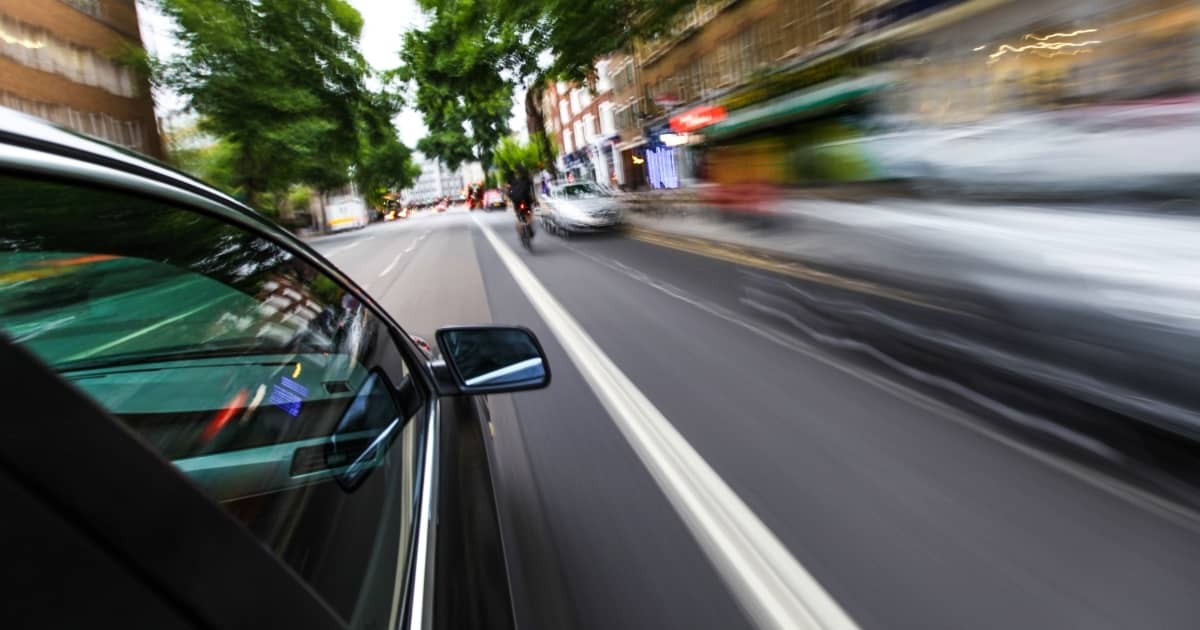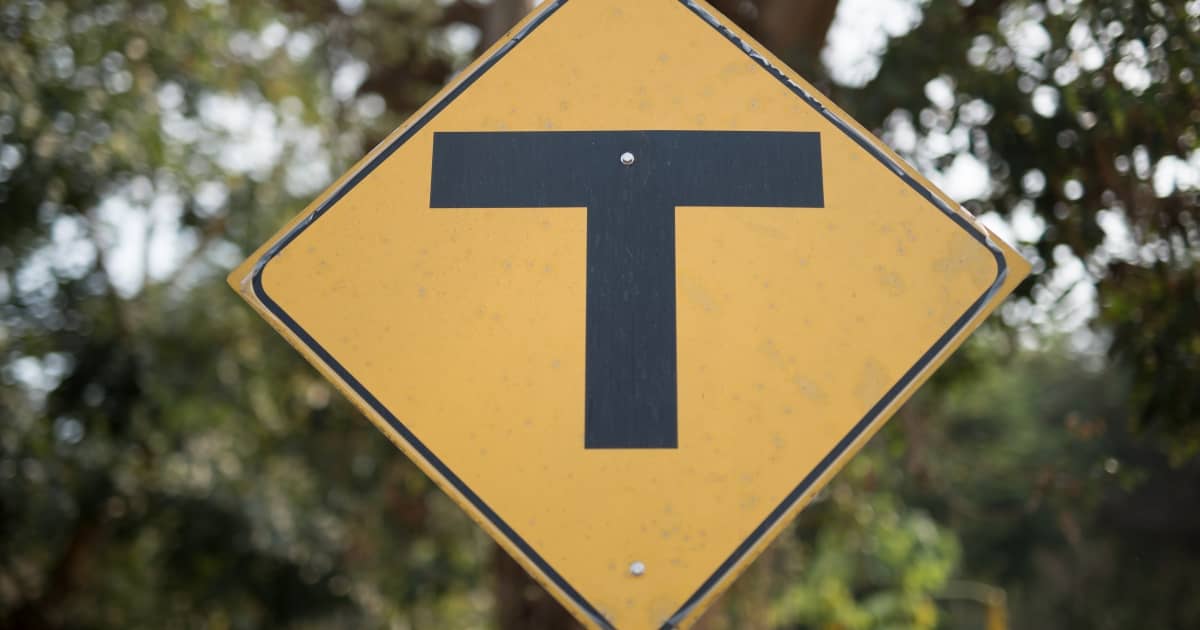Our Simple Process
: Free case evaluation
Receive a free case consultation by calling 888-517-9888.
: Discuss Strategy
Retain our services by signing some paperwork, in person or online.
: Review and submit
Receive treatment for your personal injury until you are fully recovered.
: RFE
Relax while we handle the insurance companies on your behalf.
Employment Visa Types
Employment Visa Sub H-1B ↗
What is an H-1B Visa? The H-1B Visa is a non-immigrant visa designed for foreign employees who work in jobs that are considered “specialty occupations” based on the requirements of Public Law 101-28 (1989). It is commonly known as the “work visa” and ...
The H-1B Visa is a non-immigrant visa designed for foreign employees who work in jobs that are considered “specialty occupations” based on the requirements of Public Law 101-28 (1989). It is commonly known as the “work visa” and is one of the most sought-after for international students. Holders of the H-1B Visa are granted rights to live and work in the US for up to 6 years.
The H-1B Visa requires a lottery to obtain eligibility; this visa classification has a total quota of 85,000 that can be applied for each year, including a 65,000 regular cap and an additional 20,000 cap for petitions filed with a Master’s degree or higher from a US institution of higher education (Master’s cap). The lottery consists of two rounds: the first round will choose at random 65,000 applicants from the entire application pool, and the second round draws an additional 20,000 applicants with an American Master’s degree who did not secure eligibility in the first round. Applicants holding a Master’s degree will have obvious advantage as they have two drawing opportunities in the lottery. In this light, we recommend holders of a Master’s or higher degree from an US institution to apply with the highest degree received in order to maximize probability of obtaining the eligibility to apply for the H-1B visa.
Who can apply for the H-1B Visa?
1. Applicants for the H-1B visas should possess an "outstanding ability" in their relevant field of specialty. Applicants should have at least an undergraduate or equivalent degree. The equivalency requirement generally refers to sufficient years of relevant work experience. The USCIS considers every 3 years of work experience to be equivalent to 1 year of university education.
2. It is required for the H-1B applicant to be working in a “specialty occupation”. The definition of a specialty occupation has a minimum employment requirement of 1.) Having qualified highly-specialized body of knowledge in theoretical and practical application 2.) An undergraduate degree or equivalent in a specific specialty outlined in the Occupational Outlook Handbook (OOH) by the Department of Labor. Combining the information summarizing the education and employment requirements provided in the OOH, the USCIS uses a series of criteria to evaluate whether your job meets the definition of a “specialty occupation”. 3. Employers are required to pay the H-1B worker no less than the prevailing wage stipulated by the Department of Labor, or the wage paid to similarly qualified workers of the same company; that is to say, the employer must provide sponsorship to complete the H-1B visa application. 4. But of course, the most important point is that you would have to ‘luckily’ win the eligibility to apply for the H-1B Visa during the lottery process.
Application Process
1. It is required to determine the industry you belong to is classified as a specialty occupation, and that your job title and relevant duties performed befit your qualifications and the currently implemented wage requirements set forth by the Department of Labor.
2. The employer or the agent must submit the I-129 Form (petitions for all H-class temporary workers) to the USCIS on behalf of the applicant. Please note that as this is a job application, the applicant is not allowed to apply on their own.
3. Please patiently await the outcome of the H-1B lottery after your application materials have been readied. Should you secure the eligibility to apply for the visa in the lottery, the employer or the agent will forward the application to the local USCIS office. Normally, it takes around 4 months for the application to be reviewed; if you chose the expedited service, your application will typically be reviewed within 15 days. We wish you good luck!
Doctrine of “dual intent” for the H-1B Visa
The H-1B Visa is the only non-immigrant visa that benefits from the doctrine of “dual intent”. Generally, non-immigrant visas prohibit the applicant to have immigration inclinations; however, despite the non-immigrant classification of the H-1B Visa, its holders are permitted to take steps toward obtaining permanent residence in the US. In later stages, applicants can initiate EB2, EB3, and other green card application procedures according to their needs.
Employment Visa Sub O-1 ↗
O-1 Visa provides opportunities for individuals with outstanding abilities or achievements in science, art (including film and television industry), education, business or sports to engage in in the relevant fields in the United States. Similar to H-1b, O1 is ...
Unlike H-1b, O1 is not limited to senior professionals, but also includes athletes, performers, etc.
O1 is divided into three types. O-1A is for the people with outstanding talents in science, education, business and sports. O-1B is for the people with outstanding accomplishments in the art industry (excluding the film and television industry), and O-1B refers to the people with outstanding accomplishments in the film and television industry. In comparison, the review for O-1A is the most stringent and the requirements of O-1A are close to the requirements of EB1 audit. What is different from the EB1, EB1 is an immigrant visa, and the beneficiaries can obtain a green card to have normal work and life in the United States while O-1A is a non-immigrant visa, which allows the beneficiaries to stay in the United States for a short time and finish their work in the United States as much as possible.
Employment Visa Sub E-2 ↗
What is an E-2 Visa? The E-2 Visa is a non-immigrant visa specifically designed for nationals of 32 treaty countries to be admitted to the US when investing a substantial amount of capital in an American enterprise. The list of treaty countries is listed in ...
The E-2 Visa is a non-immigrant visa specifically designed for nationals of 32 treaty countries to be admitted to the US when investing a substantial amount of capital in an American enterprise.
The list of treaty countries is listed in State’s Foreign Affairs Manual, Chapter 41.51, Exhibit 1.
Unlike a most non-immigrant visas, as long as it can be proved that the business established by the applicant in the US is still up and running, the USCIS does not put a limit on the number of times the applicant can extend their visa.
Who can apply for E2? Conditions for applying for E-2.
Requirements for enterprises: The enterprise applying for E-2 must have a substantial capital investment (usually not less than $100,000) in the business account, not just a small amount of funds to maintain the investor’s subsistence. In other words, the USCIS will use information such as the amount, source, and application of the capital to determine if the E-2 applicant comes to the US to develop and direct the enterprise bona fide, or if it is a fake shell company set up for the sole purpose of immigration. A complete business plan is also a compelling supporting material.
Requirements for applicants: E-2 applicants should be owners of qualifying enterprises or employees engaging in duties of an executive or supervisory character. The USCIS will examine the applicant’s capacity to operate and manage the enterprise.
International requirements: The USCIS also requires that the E-2 treaty investor must be a national of a treaty country to the US. If the applicant is an employee of the treaty investor, he or she must be the same nationality as their employer.
Application Procedure E-2 has a simple application procedure that does not require additional submission of applications. If you are abroad, you can apply for an E-2 Visa with the US Embassy and Consulate. If you are in the US, you may file a Form I-129 to the USCIS for adjustment of status.
Employment Visa Sub L-1 ↗
A. What is an L-1 Visa As more and more companies choose to expand their businesses overseas under the background of global integration, the L-1 Visa has become a favored choice for international businessmen. The L-1 Visa is a non-immigrant visa designed for...
As more and more companies choose to expand their businesses overseas under the background of global integration, the L-1 Visa has become a favored choice for international businessmen.
The L-1 Visa is a non-immigrant visa designed for senior personnel who are temporarily deployed to US-affiliated companies (parent, affiliate, subsidiary, branch office) by the employer company to provide managerial and executive services or specialized knowledge.
The L-1 Visa has two categories: L-1A and L-1B. L-1A is designed for managers or executives of multinational companies, and L-1B is designed for senior staff with specialized knowledge from multinational companies. The validity of the L-1A Visa lasts up to 7 years, whereas the L-1B Visa lasts up to 5 years; the two categories have slightly different background requirements on beneficiaries.
The USCIS also provides “blanket petition” application channels to large multinational companies with a high demand for dispatching transnational personnel, who could apply on behalf of multiple beneficiaries with one application and provides much convenience to these enterprises.
B. Who Can Apply for the L-1 Visa
The L-1 applicant is the employer (petitioner), and the multinational executive is the beneficiary. The USCIS has set forth requirements for both the applicant and the beneficiary.
It is required that 1.) The applicant to maintain a qualifying relationship with the company’s entity outside of the US; 2.) During the beneficiary’s stay in the US, the applicant shall continue its business operations within and outside of the US, meaning that the applicant cannot stagnate its business in the original location due to the dispatchment of the beneficiary to the US; 3.) The USCIS may also assess the feasibility and necessity for the company’s business in the US.
The beneficiary coming to work in the US must have been consecutively employed for at least 1 year by the foreign company within the last 3 years before filing the L-1 petition (the period of employment by the company’s US entity cannot be counted). To meet the requirements of “senior personnel”, the USCIS also assesses the past management experience and professional ability of the beneficiary.
C. Dual Intent
The L-1 Visa is also a non-immigrant visa that allows the beneficiary to have the intent to immigrate to the US. The L-1 beneficiary can later adjust their status by using EB1-C route to apply for a Green Card. As a special-talent immigrant visa, EB1 does not require scheduling when being used for other immigrant visa and takes less time to apply. Therefore, adjusting to Green Card through applying for the L-1 Visa has become one of the most preferred paths for many immigrants.
Employment Visa Sub PERM ↗
More Similar Content
Testimonials
Alex Tan is the most professional employee who is due diligence to follow up my case at a timely manner. He replies promptly and gave detailed feedback about my case. I highly recommend Alex Tan as your case manager.
- Mariinsky H
I have discontinued writing reviews on Yelp until now. The services I received from Seth Mitchell and his assistants were as successful as it gets. Their group was always kind, courteous, patient and diligent. This type of professionalism is rare in this day and age.
- Richard Allen R.
I was in a car accident and called Law Offices of Scott Warmuth, they took great care of me, always kept me posted along the way. I was really happy with the results. Christina Williams handle my lien reductions and was able to get my liens reduced by more than 50%. If you’re looking for a good PI Law Firm, call Law Offices of Scott Warmuth.
- Cera A.
Best attorney in San Gabriel Valley for sure. Professional and patient services that I got in the worker’s comp. Especially appreciate their case manager Mr. Maurice Lin, Kana ( case file manager ) and my attorney Mr. Eric Ellison. I would recommend this firm to all my family and friends.
- Stella H.
Get a Free Consultation
Call us anytime at 888-517-9888. or fill out the form below to request a free legal consultation!











